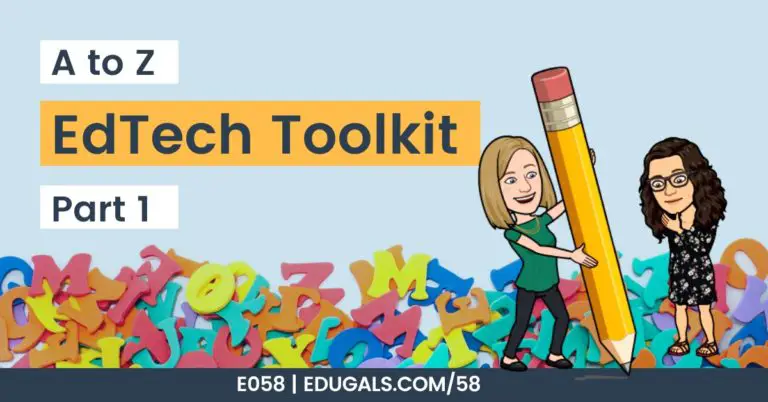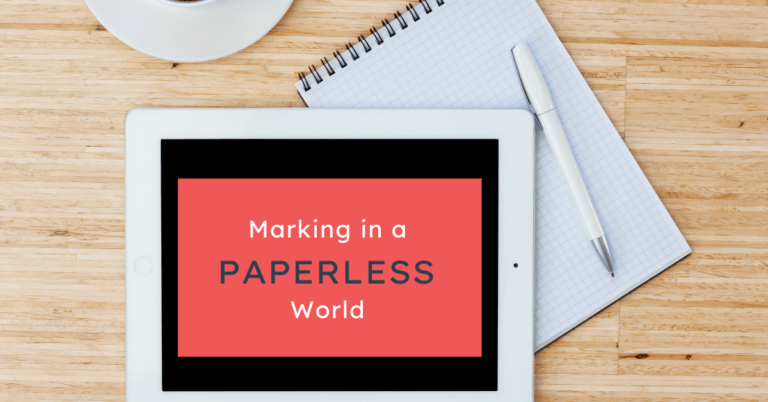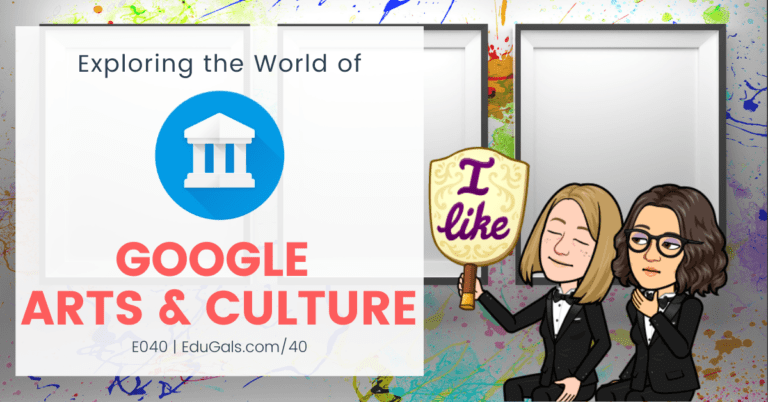[podcast_subscribe id=”7428″]
In this episode, we are looking at the HOW of ungrading, the second part of a two part series. Last week we shared the reasons why you should consider ungrading. This week, we are discussing how you can implement ungrading in your classroom.
If you like what you hear, then share this episode with a colleague or friend, and make sure you subscribe so that you don’t miss out on any new content! If you are able, consider supporting the show by buying us a coffee!
We would love to hear from you – leave a comment here, OR check out our FLIPGRID!
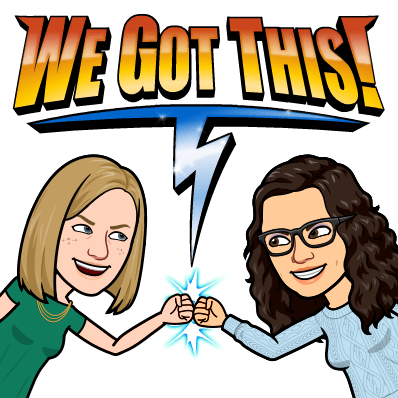
Show Notes
This week we are back with part 2 of our ungrading series, talking all about how educators can implement ungrading in their classroom. If you missed last week’s episode, be sure to check it out – we discuss the WHY of ungrading.
We wanted to focus on the how – how to get started without it being a whole lot of work! There’s no clear answer or steps to introduce ungrading, so we are going to share some of the ideas that we have!
Reporting Periods & Ungrading
The reality is that there are real deadlines in education, when marks are often required. As such, while we want to move towards ungrading, we do still require grades.
In Ontario, we have 4 reporting periods in secondary school – 2 of which are formal. The reporting periods are:
- 5th Week Reports – No overall grade – feedback only
- Midterm Report – Overall grade, learning skills and comment
- 15th Week Reports – Overall grade and comment/feedback
- Final Reports – Overall grade, learning skills and final comment
Ungrading practices give you a lot more flexibility to determine what you want to include for marks, and how you want students to demonstrate their learning and reflect on their learning throughout the course.
Here are some possible methods and strategies that can be implemented in an ungrading classroom.
Podcasting in the Classroom
Podcasting can be a great way for educators to reflect on their learning, and their journey in education. This can also be quite beneficial for students! It’s a great space for anyone to think out loud, share ideas, and reflect on the learning process. Feel free to check out Episode 050, where we talk all about podcasting in the classroom!
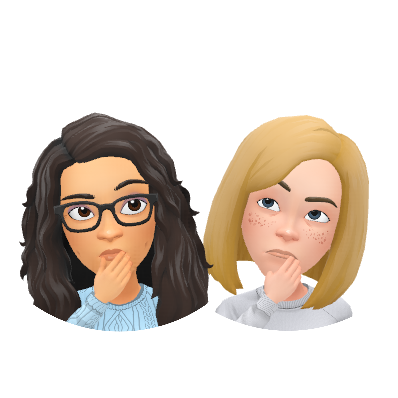
It may take students a bit of time to adjust to this format, but it really is a great way for them to share what they are doing right, how they can improve, and perhaps areas that they feel they need to focus on moving forward.
Even just by bringing in some new strategies of reflection, you may not need to remove grades entirely – the idea is to get students thinking more about their learning. If you are able to get them exploring this format, you can certainly still grade projects and assignments as you go.
It’s all about baby steps and exploring new methods – there’s no pressure to ungrade every single aspect of a course. It also won’t be an overnight process – just tweak things slowly and build that trust and confidence in ungrading.
Video Reflection
It doesn’t have to be podcasting! You could also consider having students submit video reflections of their learning. Students could use a tool such as Screencastify (or Screencastify Submit), and then submit that video. Remember – there are many recording tools out there, so use what you know.
Feedback Before Grades
No matter how you choose to get students reflecting, you as an educator need to get students to focus on the feedback before grades. It is with the feedback where growth and development really happen.
By shifting our focus towards feedback versus grades, we are really getting students to pay more attention to that feedback and how they can improve their learning, and away from that mark which tends to shut down any sort of reflection or focus on the feedback provided. To be honest, ideally the main form of marking should be feedback.
Teacher & Student Partnership in Learning

As educators, we should really encourage students to be part of the learning process, even part of the grading process. You can have students tell you what they think their mark should be for an assignment, providing evidence/reasons for that mark, what skills they demonstrated, etc. and then have a student-teacher conference.
During this conference, the student and the teacher can then go over the assignment together and come up with a grade. This really gets students to think about expectations, and what they need to do to be successful.
It’s even worth having students self-assess a traditional evaluation or test. Instead of the teacher grading them, have the students self-grade and come up with how many marks they think they got for each question, as well as overall. Students then justify the mark that they gave themselves based on the criteria for each question.
It isn’t a perfect world, and some students feel a lot of pressure to perform, so if you are concerned that a student would edit or alter an answer while self-grading then collect and scan the tests before having them mark it.
Rubrics
As educators, we often include a lot of eduspeak in our rubrics. In order to make expectations clear for all students we need to make sure that we use simple language that sets out clear success criteria that is understood by everyone.
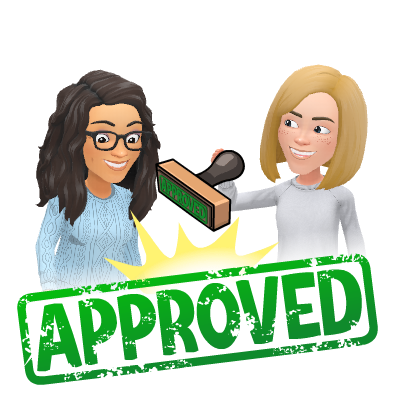
By using language that describes what success looks and sounds like, we are making it far more possible for students to be successful.
Rubrics are not entirely helpful or useful to make it clear as to how students have done or their achievement. They are time-consuming to create, and tend to use language that is really unclear.
One suggestion when approaching rubrics is to consider a single point rubric. These rubrics are simple and have a single column that states the success criteria. They are faster to create, easier to read and allow for more effective feedback. Teachers can clearly indicate which areas need to be targeted, as well as which areas were successfully completed.
There are many different samples or examples of these single-point rubrics out there. Jennifer Gonzalez from the Cult of Pedagogy has a post dedicated to these rubrics. Edutopia also has an article “6 Reasons to Try a Single-Point Rubric” – there are lots of resources out there to check out.
Even mastery-based rubrics can be helpful, which includes achievement categories for not yet mastered, approaching mastery and mastered. It allows the teacher to provide feedback and show which skills a student has mastered, and what students need to continue to work on.
The problem comes when you try to get a single-point or mastery rubric to fit within a traditional grading system.
The other thing about rubrics is to ensure that you co-create the look-fors with your students. Students are then able to better understand what their teacher is looking for, and how they can demonstrate the required skills or concepts. It really helps to build understanding for everyone.
Minimal Grading
Peter Elbow, an American professor in Massachusetts, has done a lot of work with respect to minimal grading. In his article “Grading Student Writing: Making It Simpler, Fairer, Clearer” he talks about different scales that you can use. It doesn’t have to be the 0-100% scale or the A-F scale. Instead, take those scales and minimize them – pass/fail; strong/satisfactory/weak; mastered/approaching/not yet. These kinds of scales are a great way to focus less on the grades and more on the feedback.
Skills Checklist
Even something as simple as a skills checklist is a great way to show students what they need to know and demonstrate. This way the expectations are clear, and students can work their way towards mastering the skills required in that course.
This checklist concept works really well with ungrading. Teachers can then shift their focus towards supporting students from where they are at, and helping to support them in successfully developing and demonstrating the required skills for that course.
Portfolios
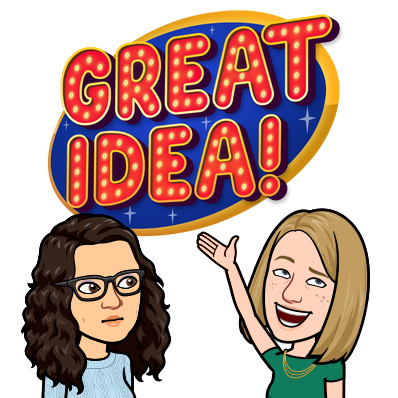
Portfolios are a great way to gather evidence of skill acquisition and development in any given course. This evidence is gathered throughout the whole course, and students will then reflect on their growth and learning throughout the semester.
If you have to have a grade, the educator can then take that portfolio and reflection, and use that to form a grade.
This method shows growth – where students started, and where they have finished your course.
Portfolios are a great way to gather evidence and really get a good understanding of where students are at.
Blogging
Blogging is another great way for students to share and demonstrate their learning. Students can create weekly posts, and comment on their peers’ posts every week as well, creating a stronger community within the classroom. It really helps students to recognize the growth in their learning and to become more effective at reflecting on their learning.
This can be graded, though it certainly doesn’t have to be, so figure out what you need to do for formal grades in your Board or District and go from there. If you do have to provide grades, you could incorporate a blog (or podcast, portfolio, etc.) into a student’s final performance task or project for a course.
Process Letter
Jesse Stommel talks quite a bit about ungrading and possible ways to integrate this into the classroom. One of these ideas is a process letter. Students will write a letter reflecting on their strengths, weaknesses, what they have learned, and how they have grown. They will also state what they think their mark should be at any specific point in the course based on their portfolio, work completed, etc.
The teacher could then go through the portfolio or work, and determine if their self-determined grade matches with what they have done so far that semester.
These process letters are perfect for a true ungrading classroom, where formal marks from tasks or assignments are not typically assigned to work.
How to Get Parents On Board with Ungrading?
One question that comes up often when considering a big shift in programming or grading practices is how to get parents to understand and support these changes.
There is no easy answer to this, as it really depends on the school culture and the community relationships that exist.
Biggest advice: You need to have support from your administrators. They need to be aware of what you are doing, how it works, and how they can support you and answer any parent questions that come up. If they don’t have an understanding of what you are doing, and they don’t support ungrading, then this is going to be extremely difficult (read: impossible) to implement.
From there, you need to communicate clearly and regularly with parents to help them understand the process of ungrading. Make sure you shift away from grade conversations and towards the focus on feedback, how to improve, etc.
As always, we will learn more as we go. Maintain clear communication, and you will figure it out as you implement these ungrading practices.
Balance of Mastery and Ungrading
Another strategy to focus on to ensure student and parent support is to maintain a balance of mastery-based grading and ungrading practices. You won’t be able to implement a completely ungrading classroom right away, and that’s okay!
There is space for both of these practices to co-exist in a classroom. Mastery-based grading allows parents to see the progression of skills, and where their students are at in terms of progress. That combined with the reflection, portfolio, etc. of ungrading practices will help everyone to better understand student progress and success in this type of classroom.
Approaching teaching practices is just like our approach to EdTech – it isn’t all-or-nothing, but should be driven by the purpose you have for that classroom. What are you trying to accomplish, and what tool or strategy can use to accomplish that goal?
More Ungrading Ideas
TeachThought tweeted the image below to show some alternatives to providing letter grades in education. Here is that tweet:
The letter grade fails because one its primary functions–to communicate learning results to learners and families—cannot possibly be performed a single symbol. https://t.co/If57paanyC pic.twitter.com/WtO8pOERge
— TeachThought (@TeachThought) November 19, 2021
These are some great ideas to get started, most of which we discussed already.
Peer-to-Peer Grading & Feedback
This suggestion by TeachThought is certainly worth considering. Peer grading can be a very effective practice, but prior to diving into this type of activity, though, it is important to make sure that you have created a strong classroom community, and that you have explicitly taught students how to provide productive feedback to peers. Start with more structure and slowly loosen up once students are comfortable.
Once you have had the conversation and taught students how to provide effective feedback, come up with the look-fors and from there have them provide peer feedback on something that is low stakes. This way students can practice the skill in a situation that doesn’t feel so stressful or significant.
You may also consider making assignments anonymous so that peers are not influenced by the name on the assignment.
Even doing this without having to grade or assign marks, this is a great activity for students and classrooms, and a very important skill to develop.
From there, you should have students self-assess their work based on the feedback provided. Finally, the teacher should then review the peer feedback and self-assessment to then assign a mark (if necessary or required) to that piece of work.
A teacher could also scaffold this type of activity to help support students in developing this skill of providing feedback. Sentence stems or phrases can be provided, such as “I wonder,” “I think,” “I see,” etc. to help structure what the feedback should look like.
It could also be as simple as having students give one piece of positive feedback, and one thing to work on is helpful. It could also be structured as a “how might you . . . ” question to help frame a possible improvement as feedback.
Grade-Free Zones
If you need to keep grades, because let’s be honest, not all Boards/Districts or schools are ready to completely embrace the ungrading practice, then consider using a Grade-Free Zone.
The grade-free zone is a time period (typically at the beginning of a course) where no marks are assigned. It could be the first 5 weeks of your course, for example. During this time period, the entire focus is on diagnostics and feedback, allowing students to play around with their learning in a more relaxed environment.
This actually allows us to reimagine how we do 5th week reports. Instead of a printout that shows all of the assignments completed with their individual marks, we could then make it more of a skill acquisition report that shares what is going well, and next steps for students to continue their development.
The comment should be the main focus of a report at that point in the course. Mastery checks or tasks could be inputted as simply out of 1, to show completion or mastery. This should be clearly communicated to families so that they are not shocked or concerned when they receive this type of report.
Contract Grading
In this strategy, you lay out all of the requirements for a student to achieve an A, B, etc. in your course. Students then decide what grade they are working towards, and the requirements that are needed to reach that grade. If they complete all of those tasks to the appropriate level of proficiency, then they earn that grade.
It’s simply a way for you to lay out what the expectations are for each of the grade levels in your course, and allows students to see what they need to do as they work their way through.

The big idea that we want to share here is that the idea of ungrading doesn’t have to be an all-or-nothing approach. See how you can shift your practice to really focus on building skills in your students. By removing the pressure of grades, we can really see how our students are learning. It’s just about the small shifts, one little step at a time, to modernize and improve our practice.
